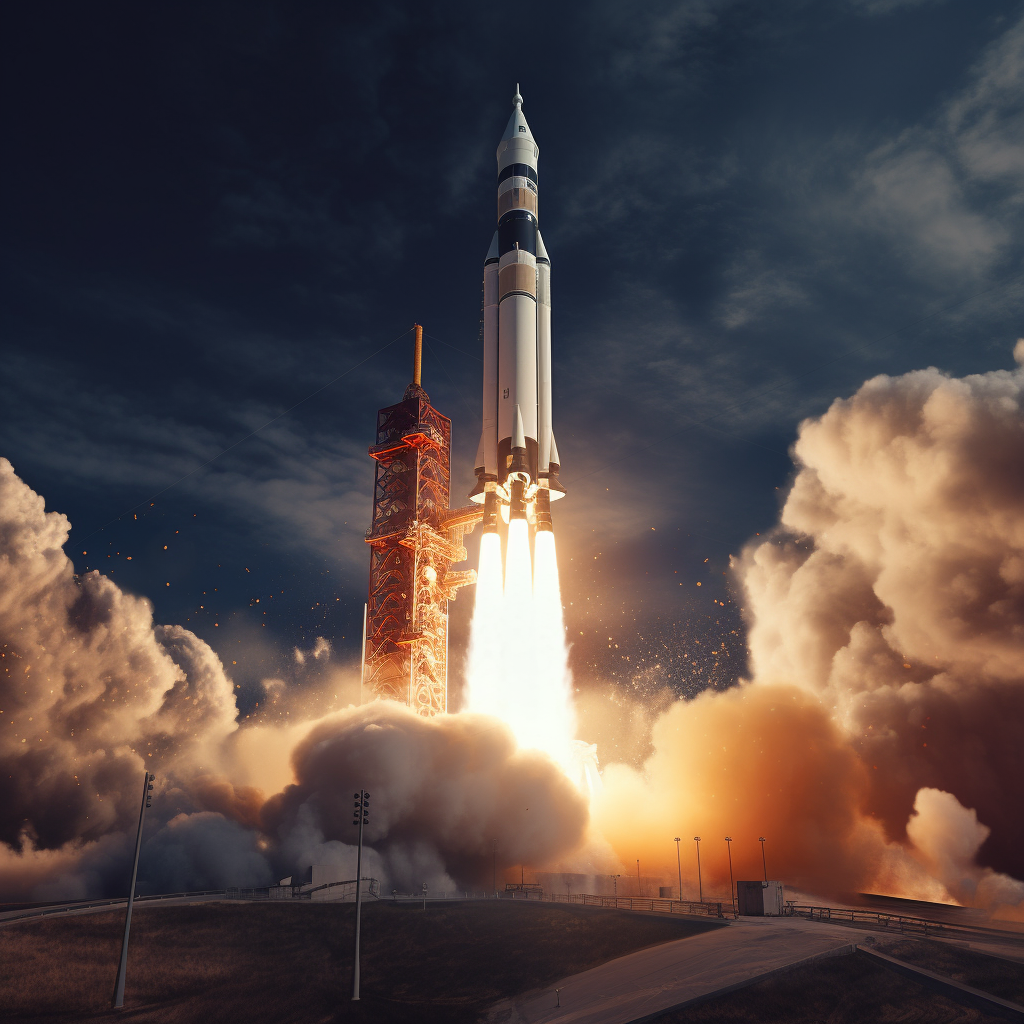In the annals of space exploration, December 21, 1968, stands as a pivotal date marked by an audacious and historic event—the launch of Apollo 8, the first manned spacecraft to orbit the moon. This mission was a testament to human innovation, courage, and the unyielding desire to explore the cosmos beyond Earth’s boundaries.
Apollo 8, a mission belonging to NASA’s Apollo program, was a giant leap forward in the quest to reach the moon. The mission had a primary objective: to orbit the moon, paving the way for subsequent lunar landings. The crew selected for this groundbreaking endeavor included Commander Frank Borman, Command Module Pilot James Lovell, and Lunar Module Pilot William Anders. These astronauts were about to embark on a journey that would etch their names into the history books.
The launch of Apollo 8 took place atop a Saturn V rocket at Kennedy Space Center in Florida. As the engines roared to life and the rocket ascended into the sky, the world held its collective breath. The spacecraft carried the hopes and dreams of countless individuals who envisioned humanity reaching beyond the confines of Earth and venturing into the vastness of space.
The mission was not without its risks. Apollo 8 was the first time humans had traveled beyond low Earth orbit, and the voyage to the moon presented a myriad of challenges. The crew had to navigate through the unforgiving vacuum of space, perform a successful lunar orbit insertion, and, perhaps most dauntingly, execute a precise trans-Earth injection to return safely to Earth.
On December 24, 1968, as Apollo 8 approached the moon, the crew members captured an iconic moment in human history—the Earthrise. Astronaut William Anders snapped a photograph of the Earth rising above the lunar horizon, a breathtaking image that underscored the fragility and beauty of our planet against the desolate backdrop of the moon.
Commander Frank Borman, in a live broadcast on Christmas Eve, shared a message of goodwill and reflection with millions of people back on Earth. The crew took turns reading from the Book of Genesis, symbolizing the unity of humanity in the vastness of space. Their words resonated across borders, transcending political and cultural divides during a tumultuous time in history.
After completing ten lunar orbits, Apollo 8 successfully executed the trans-Earth injection, embarking on its journey back home. On December 27, 1968, the spacecraft safely splashed down in the Pacific Ocean, bringing an end to a mission that had not only achieved its scientific objectives but had also captivated the imagination of people worldwide.
The success of Apollo 8 laid the groundwork for the Apollo program’s ultimate goal: landing humans on the moon. The mission demonstrated the feasibility of traveling to and from the moon, providing crucial data and experience for subsequent lunar missions.
As we reflect on the significance of Apollo 8, we recognize it as a milestone in the relentless pursuit of knowledge and exploration. The daring voyage of Borman, Lovell, and Anders serves as a reminder that humanity’s capacity to overcome challenges knows no bounds. December 21, 1968, will forever be etched in history as the day we first set our sights on the moon and reached for the stars.

